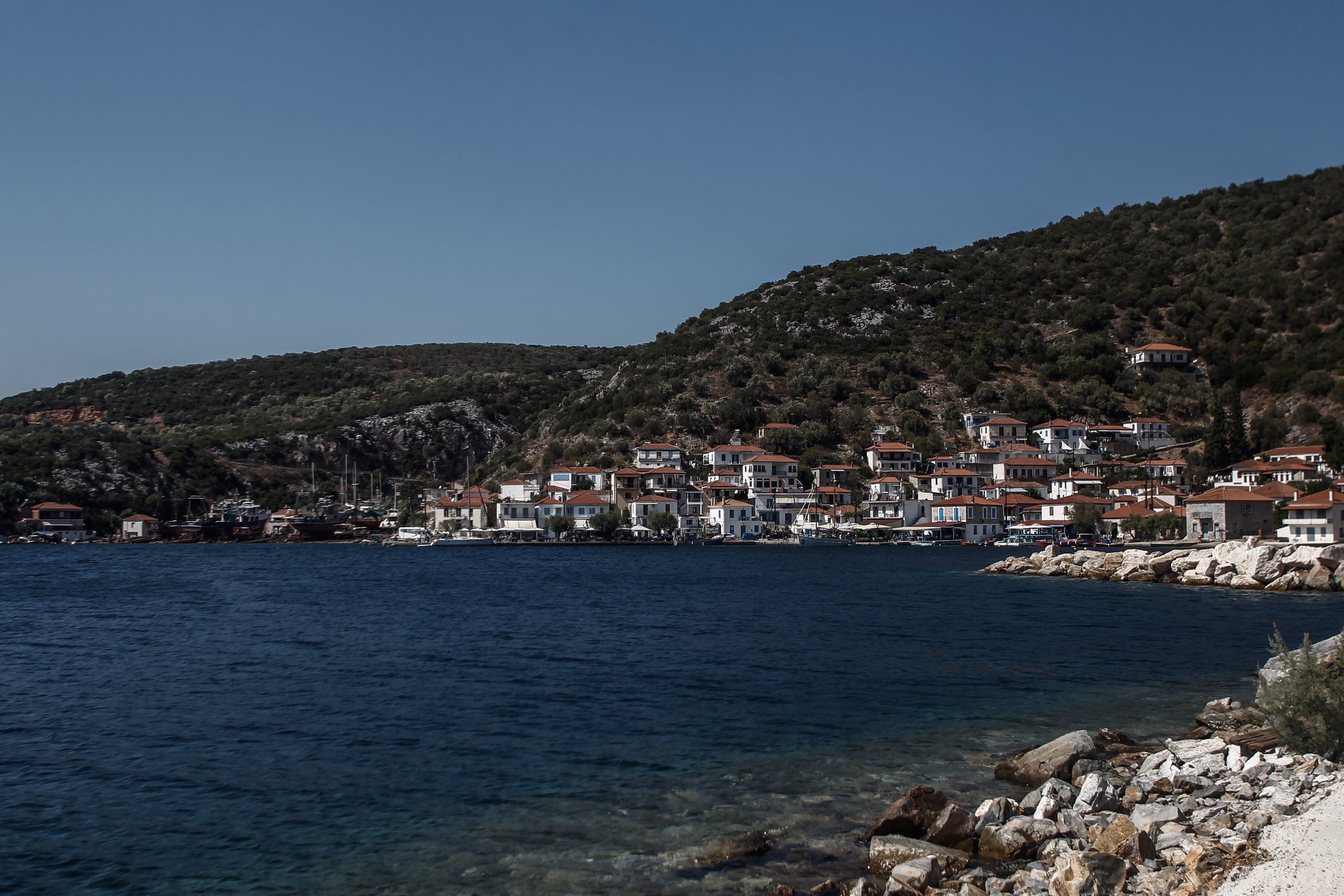April 11 (Bloomberg) -- European companies are reporting the biggest profit rise in six years as the region’s economic expansion overcomes the sovereign debt crisis, making stock strategists almost twice as bullish as their U.S. counterparts.
While Portugal became the third euro member to seek a bailout from the European Union, the benchmark Stoxx Europe 600 Index rose 0.6 percent last week, extending its two-year rally to 78 percent. The region’s single currency posted its biggest first-quarter gain on record. Yields on Spanish and Italian bonds are falling compared with German bunds, a signal investors don’t expect the debt debacle to spread.Equity valuations are near two-year lows.
Earnings for Stoxx 600 companies may rise 20 percent in 2011, led by exporters from Bayerische Motoren Werke AG to Cie. de Saint-Gobain, according to data compiled by Bloomberg. The increase would bring the two-year gain to 93 percent, the most since 2005, leading 11 strategists tracked by Bloomberg to predict an 8.1 percent rise in benchmark indexes. U.S. forecasts show the Standard & Poor’s 500 Index will gain 5.3 percent.
“Profits are there and this shows us the economy is in good health,” Alain Bokobza, the Paris-based head of asset allocation strategy at Societe Generale SA, which manages $300 billion, said in a phone interview from New York. “Equities should remain resilient.”
93% Rally
The Stoxx 600 climbed to 281.68 last week from 280.02, bringing the year’s advance to 1.8 percent. The forecast rally would lift the index to 304.6 by the end of the year, extending its increase since the market bottom in March 2009 to 93 percent.
Net income for companies in the index probably rose 33 percent in the first quarter, Bloomberg data show.
Companies in the Stoxx 600 trade for 13.7 times reported profits, compared with 15.6 for the S&P 500, according to data compiled by Bloomberg. That’s the biggest discount since the start of 2009. The ratio falls to 11.3 for 2011 European estimates, the lowest level since 2008 based on reported income.
“Europe looks cheap relative to the U.S.,” Gary Baker, head of pan-European equity strategy at BofA Merrill Lynch Global Research, said in a Bloomberg Television interview on April 6. “You’re still going to see above-long-term-average rates of earnings growth this year and next, so there’s still a reasonable backdrop in terms of profitability.”
BMW, Saint-Gobain
BMW in Munich reported 2010 earnings last month that beat analysts’ estimates, helped by Chinese sales of its 5-Series cars. Courbevoie, France-based Saint-Gobain, Europe’s biggest supplier of building materials, has risen 7.4 percent since Feb. 25, when it said sales in emerging markets would help operating profit increase at least 10 percent in 2011. British American Tobacco Plc in London rallied to a record high this month as Europe’s largest cigarette maker increased prices in Japan and sold more premium Kent cigarettes in Russia.
Stock gains will slow in 2011 unless a solution is found to Europe’s fiscal crisis, said James McCaughan, chief executive officer of Principal Global Investors LLC in Des Moines, Iowa, which manages money for 10 of the world’s 25 largest pension funds. Short-term financial aid for Greece, Ireland and Portugal won’t be enough and it’s “inevitable” they will restructure debt, according to Harvard University professor Kenneth Rogoff.
Portugal asked for EU assistance last week after Prime Minister Jose Socrates ran out of options as the country faced 9 billion euros ($13 billion) of bond maturities in April and June. The nation’s 2010 budget deficit equaled 8.6 percent of gross domestic product, higher than the 7.3 percent the government previously forecast.
Rescue Packages
Euro-region ministers agreed to a 110 billion-euro rescue package for Greece in May 2010 after it was unable to rein in the budget deficit. Ireland was forced to follow in November, receiving 85 billion euros to prevent a default.
The EU created the 440 billion-euro European Financial Stability Facility last year. Europe’s parliament approved the formation of a permanent European Stability Mechanism last month to succeed the EFSF.
“When it ultimately gets resolved, it will involve rescheduling debt for several countries, probably Ireland, Portugal, Greece and maybe even Spain,” McCaughan said. “That partial default will hit the capital ratios of European banks, slowing the economy. I would expect European equities to underperform the U.S. for quite some time to come because of how the debt crisis will emerge.”
Yield Spreads
The extra yield, or spread, investors demand to hold 10- year Greek government debt instead of its German equivalent has been higher than 9 percentage points for a month, more than double the level a year ago. In Portugal and Ireland, the spread to bunds has more than quadrupled over the past 12 months.
Strategists’ average prediction for an 11 percent gain in European equities last year proved too high. The Euro Stoxx 50 Index of the biggest euro-area companies fell 5.8 percent in 2010. The Stoxx 600, which includes non-euro nations such as the U.K., advanced 8.6 percent after slumping in May.
Growth in Europe lags behind the U.S. The euro-area economy will expand 1.7 percent in 2011, according to 19 economists’ forecasts compiled by Bloomberg. The U.S. will grow 2.9 percent this year, the fastest since 2005, according to the median estimate in a Bloomberg survey of 89 economists. The Stoxx 600 is trailing the 96 percent gain in the S&P 500 since March 2009 by 18 percentage points.
Whatever It Takes
Bears are too concerned about the most-indebted European nations and don’t appreciate the economy’s strength or the political will to preserve the euro, strategists say. German Chancellor Angela Merkel and French President Nicolas Sarkozy have said they’ll do whatever it takes to protect the 17-nation currency.
“The euro was supposed to be dead as a monetary union at the end of last year,” Societe Generale’s Bokobza said. “What an error that was. Not only is the euro going to be alive as a currency, but there has been a very strong reinforcement from the government of the euro zone.”
Europe’s currency has strengthened 8.2 percent versus the dollar this year. The euro appreciated 3.5 percent through March, the most since the last three months of 2008 and the best first-quarter performance since the region’s single currency began in 1999, according to Bloomberg Correlation-Weighted Index data.
ECB Rates
Economic growth and inflation accelerated enough to spur the European Central Bank to raise its key rate by 25 basis points to 1.25 percent on April 7.
While Portuguese and Irish bond yields climbed in the past month, the yield premium on 10-year Spanish bonds relative to their German counterparts narrowed by about 100 basis points, or 1 percentage point, from a euro-era record in November. Italian 10-year bonds yielded 130 basis points more than bunds on April 6, down from 199 on Nov. 30.
Greece, Ireland and Portugal account for 4.4 percent of the EU’s gross domestic product, according to data compiled by Eurostat. That’s about the same contribution of Georgia and Tennessee to the U.S. economy, the most recent Bureau of Economic Analysis data shows.
Exports from Europe jumped 3.6 percent in January, according to a March 18 report from the EU’s statistics office in Luxembourg. Exports were equivalent to 39 percent of Germany’s gross domestic product last year and 30 percent for the 27-nation region, the office said.
Manufacturing Growth
Growth in the region’s services and manufacturing industries remains at the second-highest level since July 2007, according to a Markit Economics composite index based on a survey of purchasing managers in the euro region from March 24.
Germany’s economy, the region’s biggest, will grow 2.5 percent in 2011 after last year’s record 3.6 percent expansion, the Bundesbank forecasts. Factory orders surged almost five times as much as economists estimated in February and industrial production rose three times more than projected, reports from the Economy Ministry in Berlin showed last week.
Factory gauges in peripheral European countries suggest their economies are recovering faster than expected as exports climb, according to Edmund Shing, an equity strategist at Barclays Plc in London. March measures of production in Spain and Italy were at 51.6 and 56.2, respectively, according to Markit Economics data. Readings above 50 indicate expansion.
‘Consistently Very Strong’
“Manufacturing data has been consistently very strong across Europe and the momentum has continued for longer than people might have thought,” Shing said in a phone interview.
Investors may benefit as executives cut debt, according to Mislav Matejka, JPMorgan Chase & Co.’s London-based head of equity strategy for Europe. Companies in the Stoxx 600 reduced their obligations to the lowest level since 2003 at the end of last year, Bloomberg data show.
“This is only the second year out of maybe three, four or five years of an economic upswing which is looking more sustainable and more broad,” Matejka said.
businessweek.com




































